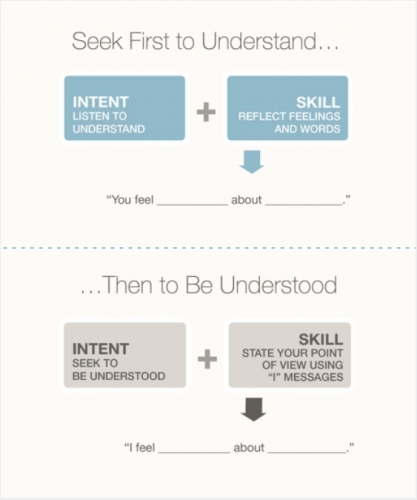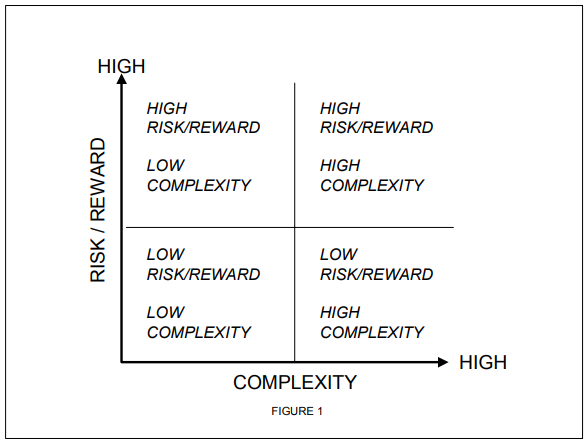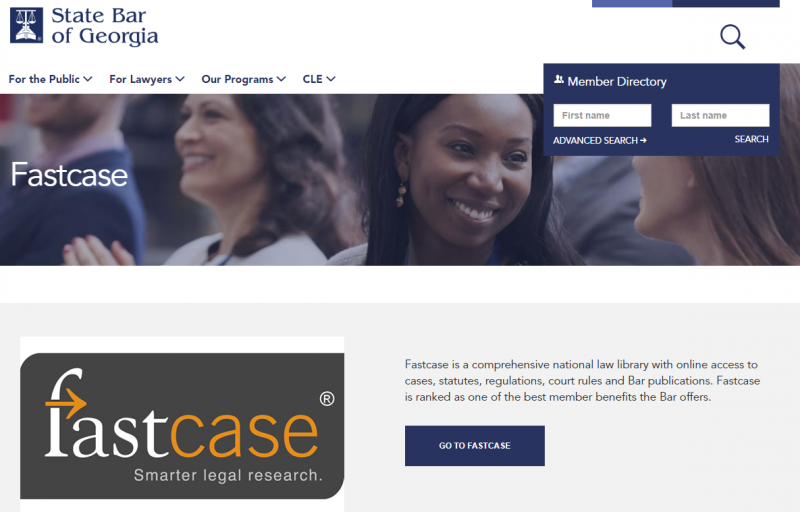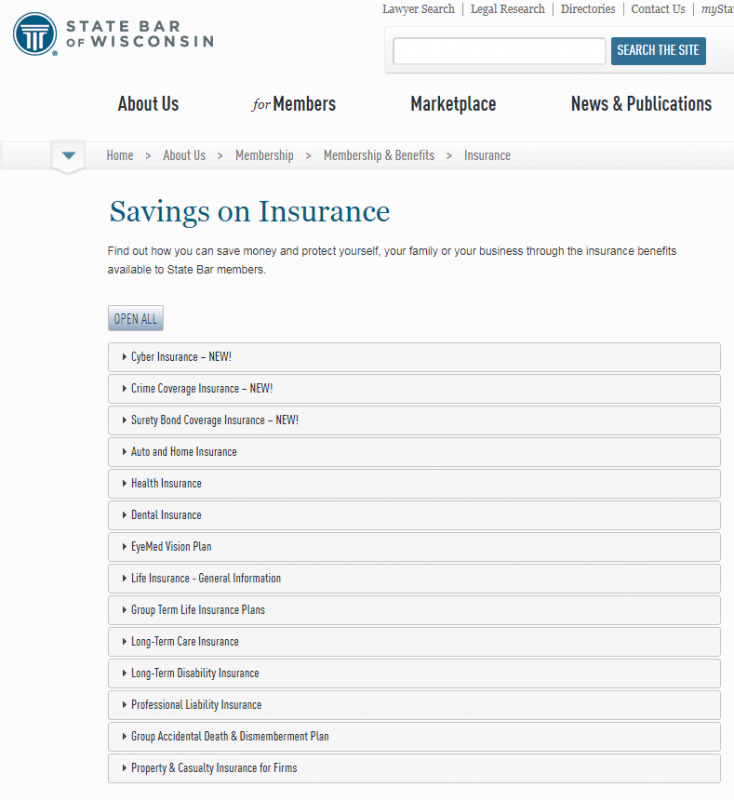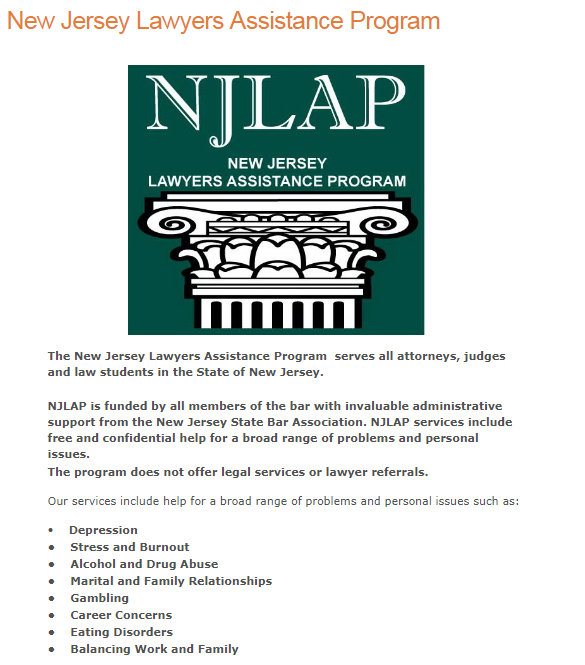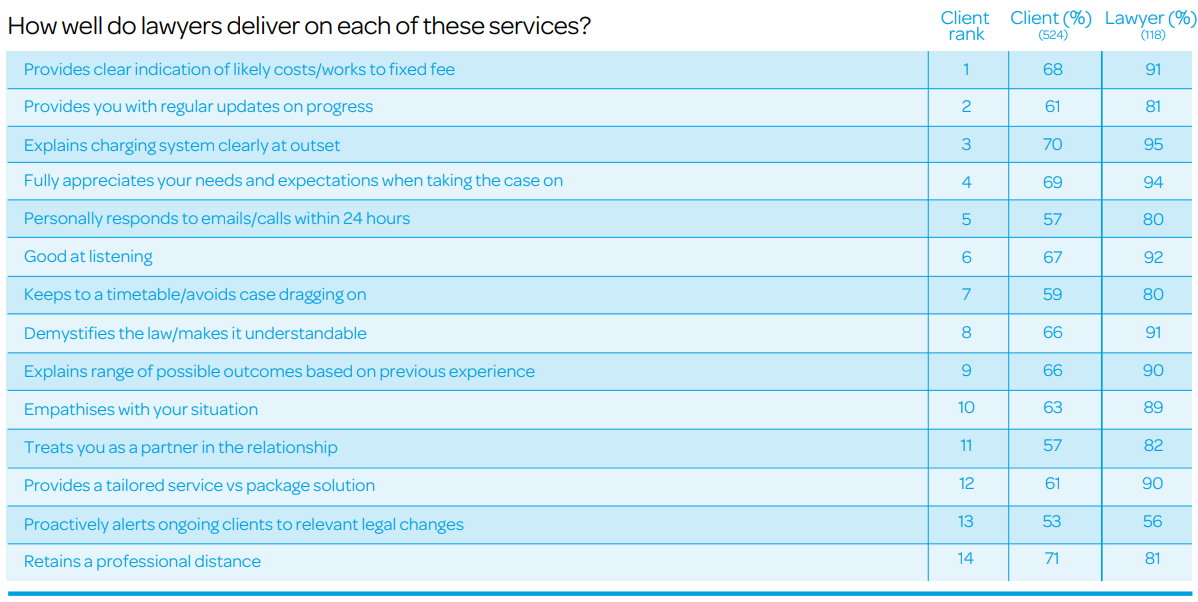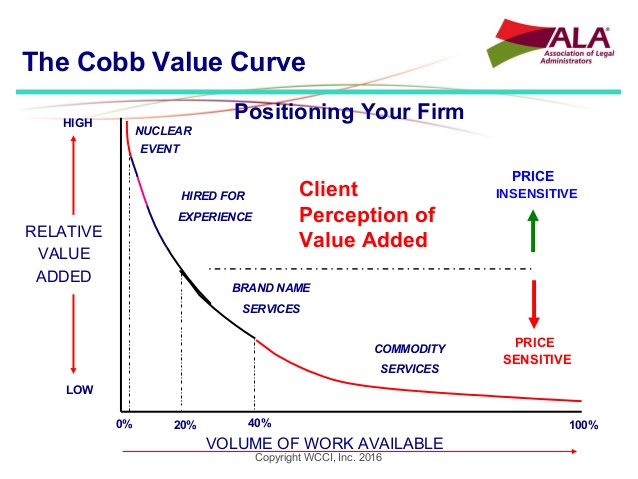
It’s a big problem. State bar referrals are a huge opportunity for your firm, and yet many, many attorneys struggle with business development.
Which is really a vague way of saying most attorneys aren’t attracting the volume or type of clients they need.
One possible solution?
Your state and local bar associations. That’s right, your bar associations could be a profitable avenue of business development. A way to attract a consistent and steady stream of new, eager clients.
But how?
The first step to take to earn state bar referrals? Talk to LRIS
If you’re in a participating state, you probably already know that your bar association has a pre-existing network of attorneys they refer. The Lawyer Referral Information Service (LRIS) includes a list of “approved attorneys.” These attorneys meet a predetermined set of qualifications.
This isn’t new.
Bar associations in 44 states (and the District of Columbia) have a state bar referral service. In fact, there are approximately 70 ABA-approved LRIS programs in the country.
It could be a valuable resource.
But it could also be a complete waste of your time. You’ll have to do some upfront digging to identify whether your local LRIS is worthy of your time and investment.
Here’s how you do it.
Step #1: Contact your state/local bar associations
You’ll want to gather the contact information for state and local bar associations. Ideally, you’re looking for a specific point of contact you can speak with via email or phone.
You have questions.
These questions will help you to assess whether (a.) your local LRIS is actually worth your time and (b.) the type of client, practice area or level of client they refer and (c.) the sort of volume can you expect if this referral service is worth your time.
- Find your (state/local) bar association in the list
- Identify a key point of contact
- Ask them your questions, gently press them for direct answers
- Decide whether LRIS is right for you (or not)
Why go through this process?
Your state or local bar association may not feel it’s worth their time to advertise, market or promote their state bar referral service. Their referral service may simply be a time waster (for you) and a revenue generator (for them).
Your time is valuable.
What if state bar referrals aren’t worth your time?
No problem!
Simply divert your attention towards creating content for your bar association, using the opportunity as a stepping stone to bigger opportunities. For the time being, we’re going to assume that state bar associations are worth your time.
What’s the next step?
Step #2: Get straight answers to your questions
Use this list of questions to get a clear sense of the time you’re investing in this process. If it isn’t a fit for your firm or you individually simply walk away.
Okay here are the questions.
- How many referrals were offered to attorneys in the last fiscal year? A rough, back-of-the-envelope calculation is fine if your point of contact is offended by your request.
- How many referrals in [practice area(s)] were offered to attorneys in the last fiscal year?
- How many of these referrals are won (e.g. become clients)? Most bar associations won’t have the answer to this question. This isn’t great news but it’s also not a deal breaker if they don’t know.
- Does the bar association have a specific number of leads they prefer to generate?
- Does the bar association have a specific number of potential clients they’d like to attract? “As many as possible” is typically the easy answer. Press for a more specific estimate.
- Historically, which practice areas receive the most referrals?
- Which firms received the most referrals in the last fiscal year?
- What does the bar association do to attract/generate interest with potential clients? (g. advertising, SEO, PR, etc.)
- In round numbers, would you say that the bar association spends more than $25,000 to $50,000 on advertising (to prospective clients for LRIS) or less? Even if they know, most bar associations won’t give you a precise figure. An estimate is fine.
- How is the bar association compensated for these referrals?
These questions require charm.
Asking these questions cold may ruffle a few feathers. Make this pill an easy swallow. If possible, take your point of contact to lunch. They’ll be more amenable to your questions. If a particular point of contact doesn’t pan out, ask someone else.
Why ask these questions?
- If they can’t (or won’t) give you a rough estimate there’s a good chance they aren’t offering much in the way of referrals. Any membership fees or dues could simply be a way to generate revenue.
- If they don’t advertise or market to potential clients, you’re less likely to receive referrals yourself.
- Referral by practice area tells you (a.) where the bar association makes most of its money (b.) it shows you how they prioritize your practice area.
- If your bar association is willing to share, get data on the firms that receive the most referrals.
- If your bar association services 91,000 attorneys statewide, but they only spend $1,000 a month on advertising, you know there won’t be enough referrals to go around.
- The number of preferred leads your bar association wants tells you (1.) where their focus is (e.g. serving attorneys vs. boosting membership fees) (2.) the volume of referrals that passes through their hands on a weekly, monthly or quarterly basis.
If the numbers don’t add up it’s probably best to pivot your attention elsewhere. One idea could be to consistently creating content for the state bar. Then, once you’re established, parlay that into bigger more lucrative opportunities that generate more business for your firm.
If you’re satisfied with their answers proceed to…
Step #3: Applying for LRIS
Most states have a specific set of requirements (i.e. rules of panel membership) they’ll need you to meet. You’ll also want to make sure you’re aware of the ABA’s guidelines on LRIS.
Use the list I mentioned earlier.
Then, once you’re ready, fill out the registration form, pay any applicable fees and go from there.
This still isn’t a guarantee.
In fact, there’s absolutely no guarantee you’ll receive a steady supply of leads for your firm. Unpleasant news but completely true. Here’s a simple way to dramatically increase your odds of success.
Become their favorite.
How exactly do you do that? You serve your state bar. State bar associations are hungry for content. There’s a significant amount of pressure on them to provide value to their members and non-members.
So provide value.
Doing that keeps you on their radar. The more valuable you are to your state bar association the more likely you are to receive the steady supply of referrals you crave. Remember the steps I shared earlier?
- Identify the content needs of your state bar (e.g. take a marketing coordinator, gatekeeper or decision maker to lunch and ask questions).
- Create a pitch, offering to provide your state bar with a regular stream of content
- Go above and beyond, creating content in a variety of formats (e.g. ebooks, blog posts, videos, speeches, etc.) to serve both members and non-members.
- Provide helpful hooks, lead magnets, downloads, consults and services for tangential attorneys. These are attorneys who serve the same clients you do in a different, yet complementary way (e.g. corporate attorney + IP attorney + tax attorney, etc.). Use direct contact and/or LRIS where appropriate.
- Parlay this experience into bigger publications and venues. If you’re a corporate attorney, you could use this as a springboard to speak at an entrepreneurial conference.
See what I mean?
Business development and earning state bar referrals can be easy, if you provide value first
Many attorneys struggle with business development. They aren’t attracting the type or volume of clients they need.
Your bar association could be the answer.
Give your bar associations what they need and you cultivate a steady and consistent supply of new clients. It’s a strategy many attorneys haven’t even considered.
You? You’re in-the-know.
Ask the right questions, nurture the relationships you need and you’ll find your bar association produces the value, state bar referrals and fees you’ve always wanted.


